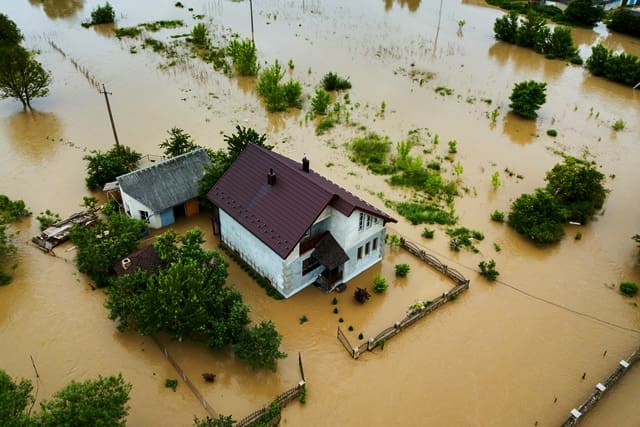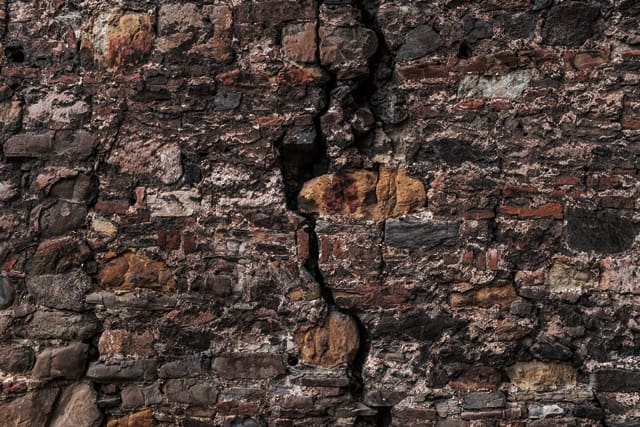A home’s foundation is crucial for its structural integrity, yet many homeowners overlook potential issues until significant damage occurs. Foundation problems can arise from various factors, including soil conditions, poor drainage, and natural disasters. Ignoring these issues can lead to costly repairs and even threaten the safety of your home. By understanding the common causes of foundation problems, homeowners can take proactive steps to prevent and address them. This guide explores the top causes of foundation damage and how to fix them effectively.
Soil Movement and Expansion
One of the primary causes of foundation issues is soil movement and expansion, particularly in areas with clay-rich soil. Clay soil expands when it absorbs moisture and contracts when it dries, creating movement that puts stress on the foundation. Over time, this continuous shifting can cause cracks, uneven floors, and even structural failure. Proper soil stabilization techniques, such as using moisture barriers or soil injections, can help mitigate the effects of soil movement. Homeowners should also maintain consistent moisture levels around their foundation to reduce soil expansion and contraction. Investing in professional soil analysis can help identify potential risks before they lead to major foundation issues.
Poor Drainage Around the Home

Inadequate drainage is another significant contributor to foundation problems, as excess water can weaken the soil supporting your home. When water pools around the foundation, it increases hydrostatic pressure, leading to cracks and potential basement flooding. Clogged gutters, improper grading, and ineffective downspouts can all contribute to poor drainage. Installing a proper drainage system, such as French drains or sump pumps, can help redirect water away from the foundation. Regularly cleaning gutters and ensuring that the ground slopes away from the house can also prevent excess moisture from compromising the foundation.
Tree Roots and Vegetation
While trees and shrubs can enhance curb appeal, their root systems can be a hidden threat to your home’s foundation. Large trees planted too close to a house can draw moisture from the soil, causing it to shrink and lead to foundation settling. On the other hand, aggressive roots can exert pressure on the foundation, leading to cracks and structural instability. Homeowners should plant trees at a safe distance from their homes and choose non-invasive species with smaller root systems. If tree roots are already causing issues, installing root barriers or consulting with an arborist can help prevent further damage. Regularly monitoring vegetation growth around your home can minimize the risk of foundation problems caused by tree roots.
Natural Disasters and Weather Extremes

Extreme weather conditions, such as heavy rainfall, drought, earthquakes, and flooding, can cause severe foundation damage. Excessive rain can saturate the soil, leading to erosion and instability, while prolonged drought can cause soil shrinkage and foundation settling. In areas prone to earthquakes, shifting ground can crack or even separate foundations from the structure. Homeowners should reinforce their foundations with techniques such as piering, underpinning, or installing seismic-resistant features. Additionally, waterproofing basements and crawl spaces can help protect against water damage during storms. Being prepared for natural disasters by following local building codes and retrofitting foundations can help minimize long-term structural risks.
How to Fix Foundation Problems
Addressing foundation problems early is crucial to prevent further damage and costly repairs. Depending on the severity of the issue, different repair methods may be necessary. Minor cracks can often be sealed with epoxy injections or hydraulic cement to prevent moisture intrusion. For more significant damage, solutions like underpinning, helical piers, or slab jacking can stabilize the foundation and restore its integrity. Homeowners should also implement preventative measures, such as improving drainage, maintaining soil moisture levels, and scheduling regular foundation inspections. Consulting with a professional foundation repair specialist is the best way to determine the most effective solution for specific foundation issues. Timely action can save homeowners thousands of dollars in repairs and protect their property value.
Conclusion
Foundation problems can threaten the safety and stability of a home if left unaddressed. Factors such as soil movement, poor drainage, tree roots, and natural disasters contribute to foundation damage over time. Taking proactive steps like improving drainage, managing vegetation, and reinforcing structural integrity can help prevent costly repairs. When issues do arise, homeowners should seek professional solutions to ensure long-term stability. Understanding and addressing foundation problems early can protect your home’s value and provide peace of mind for years to come.
#HomeFoundation #FoundationRepair #HomeMaintenance #StructuralIntegrity #RealEstate #HomeImprovement #HouseRepairs #DrainageSolutions #SoilStabilization #HomeSafety
